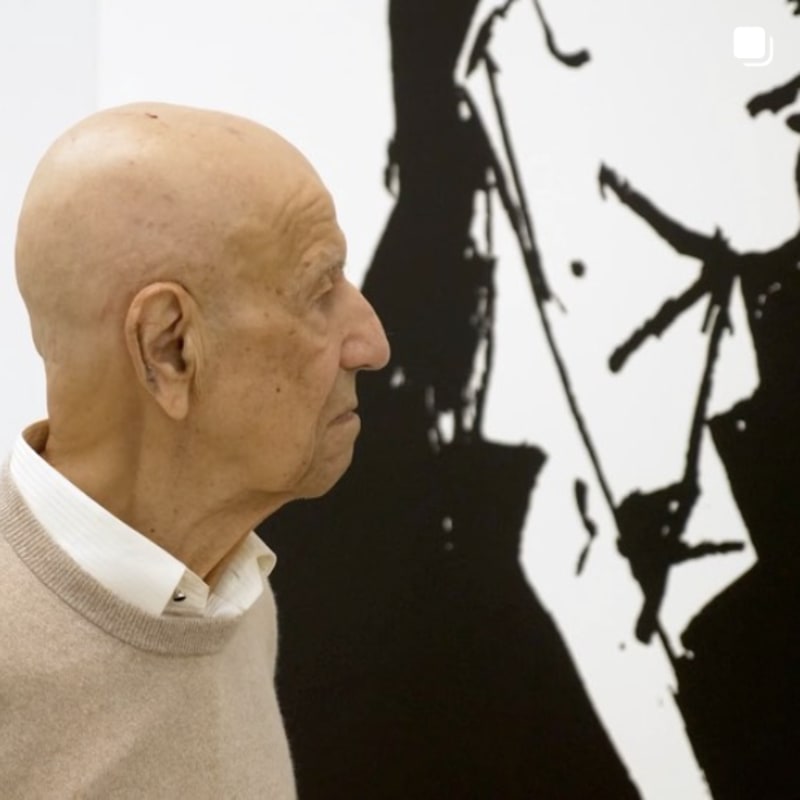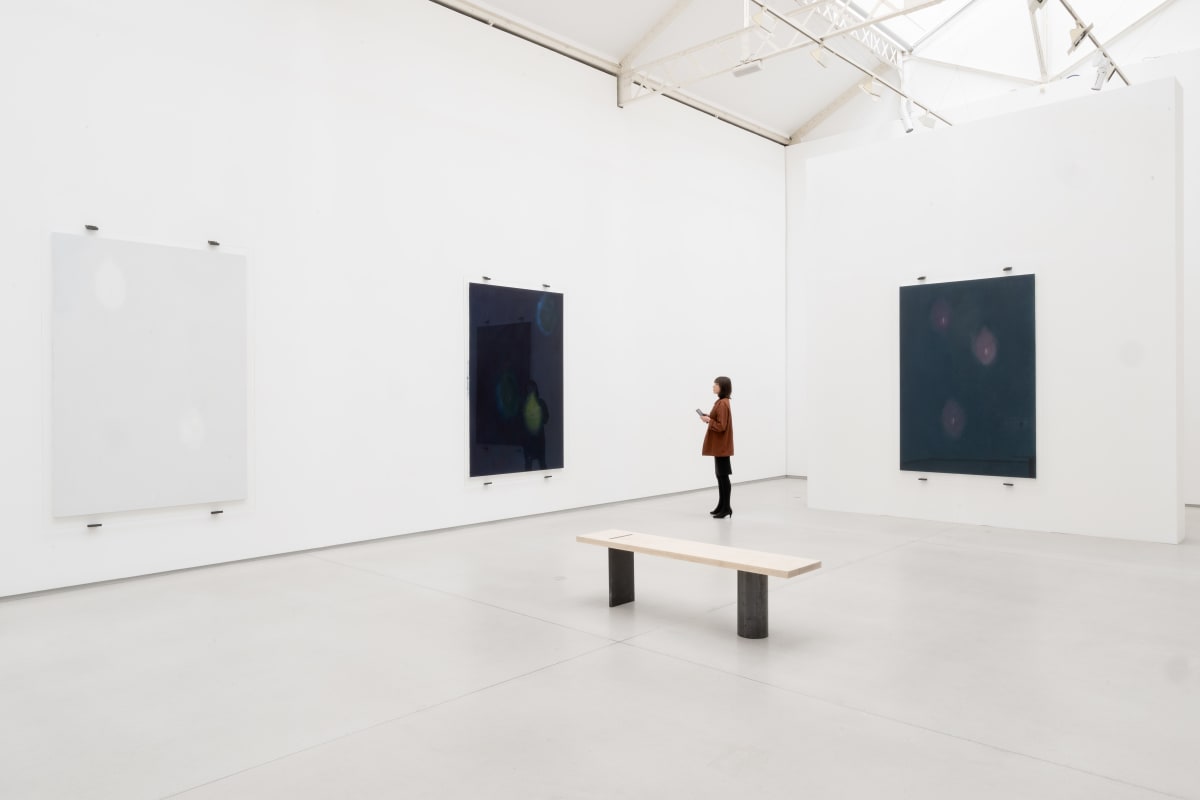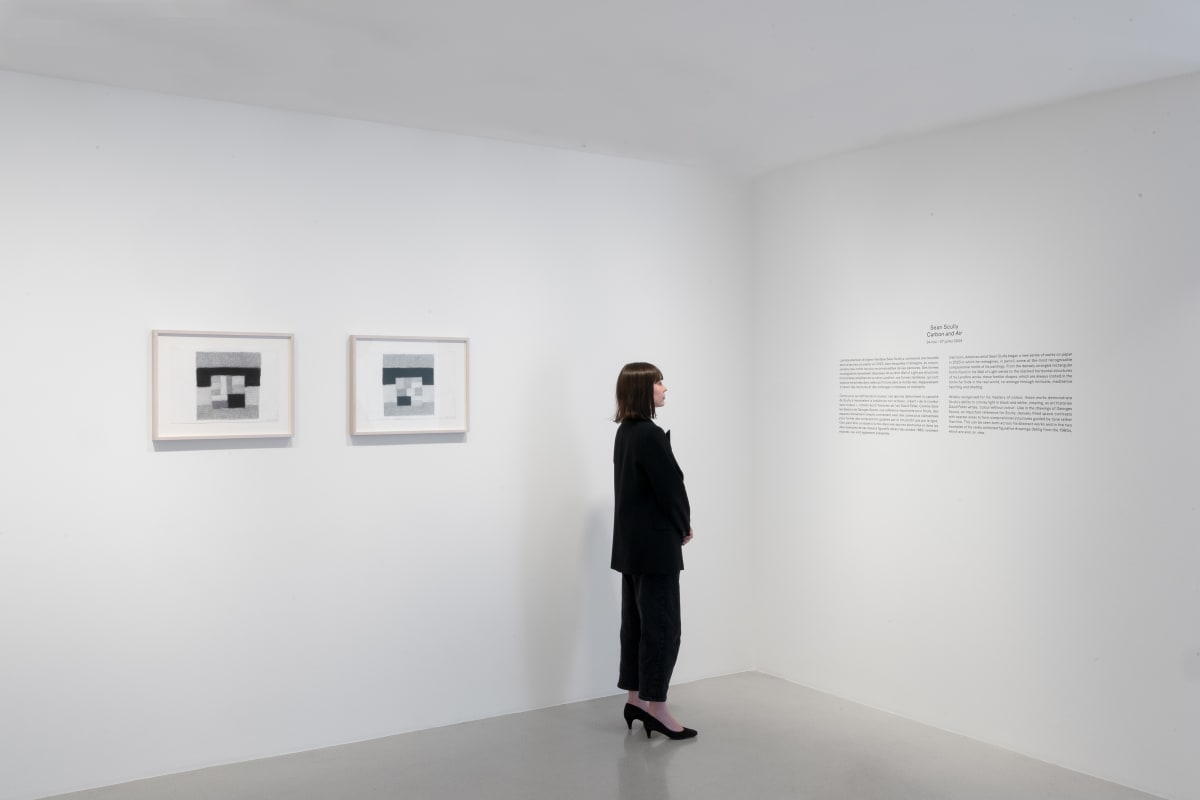An artist who 'holds what falls in his hands'
By Seong Yeon Ko
'German artist born in 1945' is simple and straightforward, but it contains numerous implications and associations. It is not difficult to imagine how much shame and anguish he has felt while choosing the fate of an artist in the generation of the war criminal country that caused the tragedy of mankind and growing up during the Cold War. The intensified conflict and frustration of the twentieth century's ideological and political upheaval exploded the artistic energy of the 'young blood,' and in its dynamic flow emerged an outstanding figure named Anselm Kiefer. Kiefer, known as a ‘new expressionist master,’ used poetry dealing with ‘Auschwitz’ to shock by bringing up a contentious icon that was taboo in the postwar era, while confronting his homeland's traumatic historical recollections. Since he exposes the scars of his own nation and the nature of humanity, his art may have been controversial, heavy, and uncomfortable, but it is also surprisingly beautiful, depressing, and occasionally even exquisite. Along with 13 new paintings inspired by Rainer Maria Rilke's poem 'Herbattag' ('Autumn Day') on display at Thaddaeus Ropac Seoul, the mud-brick installation serves as a poignant reminder of his upbringing in post-war Germany. However, this work also symbolises the potential for reconstruction and rebirth as from Rilke’s poem in which there is one ‘who holds what falls in his hands’ while the world falls down and dies in the autumn.
I read in the catalogue of the Palazzo Ducale exhibition that strolling through the library where you almost always find the “right” book for the day there is your usual morning ‘ritual’. What about your upcoming exhibition in Seoul? The exhibition title is from a verse of Rilke's poem Herbsttag (Autumn day, 1902). In terms of seasonality, of course, it’s timely as your exhibition in Seoul will be held when autumn is just around the corner. Did the poem inspire you one morning when you were thinking about what to do for the Seoul show? How did the idea come along?
The poem by Rilke has been in my memory for 60 years. I know many poems by heart, they are in me, and every now and then they emerge. By the way, I would not draw a connection between the autumn theme in the exhibition and the then-current autumn in Seoul. This would be too superficial.
You also said in an interview that the starting point for your work is always a shock: a shock by an event, a shock by a poem, a shock by a landscape, etc. In the choice of Rilke’s poems, what was the main ‘shock’ or motive for you? To me, these poems seem related to some of your long-standing themes such as transience, being and time.
In this case, the ‘shock’ did not occur at the time this series of paintings was begun, but a few years earlier. I was in Hyde Park in London on an autumn day, and it was an extraordinary day with a lot of sunlight. I was truly shocked by the explosion of colours, by the overwhelming natural scenery and took hundreds of photos.
I am well aware of your constant love and respect of poetry and literature. You even said “You could say that I created stages where Paul Celan can act.” Do you write your own poems as well?. I only know that you write essays and leave your thoughts in your diary. Would you rather be a poet than a painter (artist) if you could have another life?
All my life I have been conflicted about this: should I write or paint? You can't do both with the same intensity. When I was 16 years old, I was awarded a prize for my travel diary following the footsteps of Vincent van Gogh through France. And this recognition did not defuse the conflict, of course. But today I have to say unequivocally: I am a painter.
You left your homeland long ago and have mainly lived in France since then. Could you tell me why you preferred to settle down in France?(although your studio has been relocated within the country). What is your cultural memory of home?
I grew up close to the Rhine and on the other side of the river lay France. So I was always very close and had a strong relationship with French culture. I left Germany for personal reasons. Home is a difficult concept, which is primarily invoked by right-wing circles. I once responded to this kind of question, which was posed somewhat provocatively in Germany: For me, home is everything I can remember.
When I was at the Palazzo Ducale for your exhibition, I was so lucky to be able to get in early and almost ran to the Sala della Scrutinio (I had seen the salas before) and enjoyed the space all alone for about 40 minutes in almost awe. You once said, “In the past I was always in despair over not being able to create a “masterpiece.” After presenting this kind of monumental work pieces (inclusive of your work at Pirelli Hangar Bicocca and at the Palazzo Ducale, etc), how do you feel? In the meantime, your installation for the Palazzo Ducale is a site-specific work. Then where does it go after the exhibition?
This is true. I was always in despair because of the fact that the results could never live up to my standards. It is different now, because I already know the moment I start a work that it will be destroyed. Only an iconoclast is a good artist. There is no such thing as being or nothingness. There is no chronology. Both exist simultaneously. This is the philosophy of Andrea Emo, which I discovered for myself 6 years ago. In the process, I discovered that my working method corresponds exactly with his philosophy, even before I knew him.













































































































































































